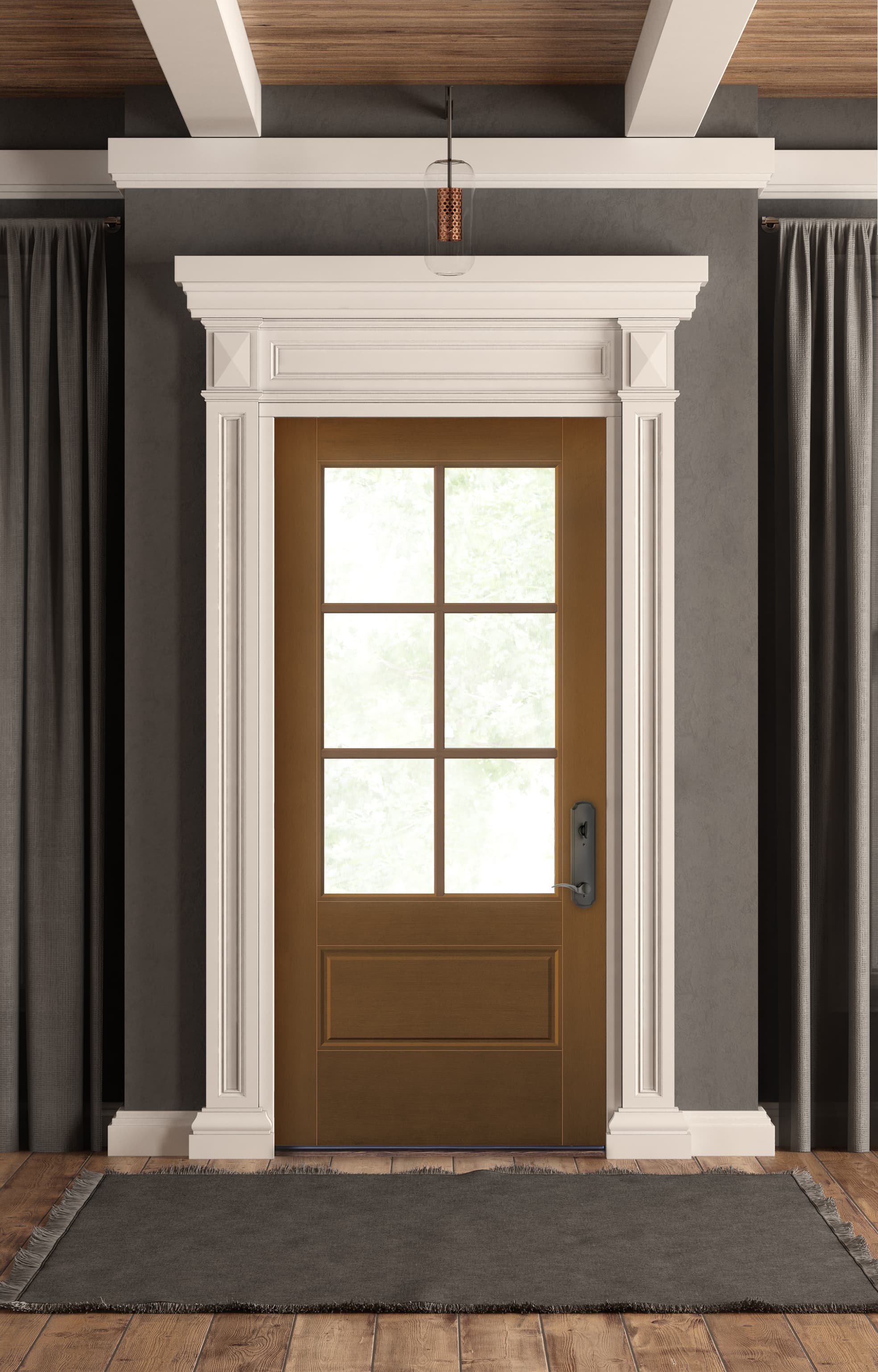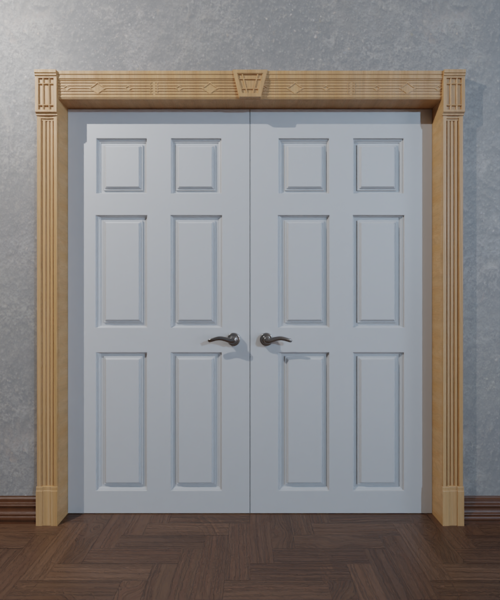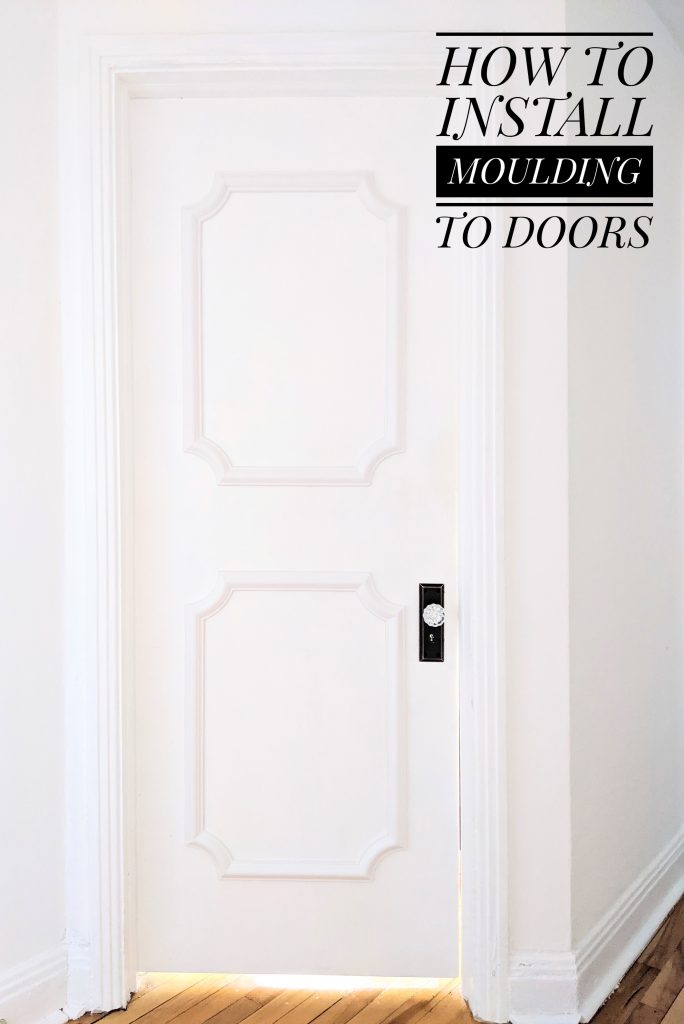Decorative door trim can elevate any home, adding character and charm that reflects your unique style. Whether you’re renovating or simply looking to upgrade your interiors, the right trim can make all the difference. In this article, we’ll explore various styles, materials, installation tips, and much more to help you create a stunning look in your home.
What is Decorative Door Trim?
Decorative door trim encompasses various styles, moldings, and finishes that frame a door, enhancing its look and feel. From classic styles to modern designs, the options are vast. Let’s delve deeper into the different types of decorative door trim.
Types of Decorative Door Trim
- Crown Molding: Adds elegance by capping the door frame.
- Casings: Surrounds the door and provides a finished appearance.
- Baseboards: Connects the wall to the floor, often complementing the door trim.
- Panel Molding: Used to create depth and dimension on flat doors.
Materials Used in Decorative Door Trim
The material you choose for your decorative door trim plays a crucial role in its durability and aesthetic appeal. Here are some common materials:

Popular Materials for Door Trim
| Material | Pros | Cons |
|---|---|---|
| Wood | Classic look, durable, can be painted or stained | Can warp, expensive, requires maintenance |
| MDF (Medium Density Fiberboard) | Cost-effective, smooth finish, easy to paint | Not as durable as wood, can swell with moisture |
| Polyurethane | Lightweight, moisture resistant, no painting needed | Less traditional feel, can be more expensive than MDF |
| Vinyl | Durable, moisture resistant, easy to clean | Limited styles, may look less authentic |

Choosing the Right Style of Decorative Door Trim
When selecting decorative door trim, consider your home’s architectural style. Here are some popular styles to inspire you:
Traditional Styles
- Colonial Trim: Characterized by wide moldings and symmetrical lines.
- Victorian Trim: Often features intricate designs and ornate details.

Modern Styles
- Sleek Minimalist: Clean lines and simple designs are hallmarks of this style.
- Industrial Trim: Often made from metal or reclaimed wood for a raw look.
Farmhouse Styles
- Shabby Chic: Emphasizes a rustic, vintage feel with distressed finishes.
- Barn Door Trim: Complements sliding barn doors, often made from reclaimed wood.

Installation Tips for Decorative Door Trim
Installing decorative door trim can be a rewarding DIY project. Here’s how to do it efficiently:
Tools and Supplies Needed
- Miter saw or hand saw
- Measuring tape
- Nail gun or hammer
- Wood glue
- Caulk and caulking gun
- Sanding block
- Paint or wood stain

Step-by-Step Installation Process
- Measure the door frame and cut your trim pieces to size.
- Use a miter saw to create 45-degree angles for corners.
- Attach the top piece of trim first, securing it with glue and finishing nails.
- Install the side pieces next, ensuring they fit snugly against the top piece.
- Fill any nail holes with wood filler, sand smooth, and paint or stain as desired.
Maintenance of Decorative Door Trim
Once your decorative door trim is installed, keeping it in good condition is essential. Here are some maintenance tips:

Cleaning Decorative Door Trim
Regular cleaning helps maintain the trim’s appearance. Use a damp cloth to wipe away dust and grime. For wooden trims, make sure to use a product suitable for wood surfaces.
Refreshing Paint and Stain
If your trim starts to look dull or chipped, consider repainting or restaining to refresh its look. This can totally transform the aesthetic without needing a full replacement.

Personal Experience: The Transformation Journey
When I first moved into my home, I noticed the door frames were bare and uninviting. After some research and personal reflection, I decided to invest in decorative door trim. I chose a classic colonial style in deep mahogany, which instantly added warmth and character to my space.
The installation was straightforward, filled with moments of challenge and triumph. Watching each piece come together was immensely satisfying. Now, every time I walk through my doors, I feel a sense of pride and comfort, knowing my effort in enhancing my home pays off in aesthetics and value.
Frequently Asked Questions (FAQs)
What is the average cost of decorative door trim?
The average cost can vary widely based on materials and style, ranging from $1 to $10 per linear foot for basic trim, with custom or high-end options exceeding $20 per linear foot.
Can I install decorative door trim myself?
Yes! With the right tools and patience, DIY installation is entirely feasible. There are many online resources and video tutorials to guide you through the process.
How do I choose the right color for my door trim?
Consider the overall color scheme of your home. Choose a trim color that complements your walls and furniture for a cohesive look. Classic whites and bold contrasts are always popular choices.
Is decorative door trim suitable for outdoor doors?
Yes, but make sure to select materials that withstand outdoor conditions, such as treated wood or composite materials designed for exterior use.
Should I match my door trim with baseboards?
Matching door trim and baseboards can create a cohesive look. However, contrasting styles can also work if they complement each other well. Choose what feels right for your space!
Conclusion
Decorative door trim is a simple yet effective way to add sophistication and individuality to your home. By understanding the various types, materials, and installation methods, you can make an informed decision that will enhance your living space for years to come. Whether you’re a seasoned DIYer or just starting, the transformation is well within reach. Happy decorating!